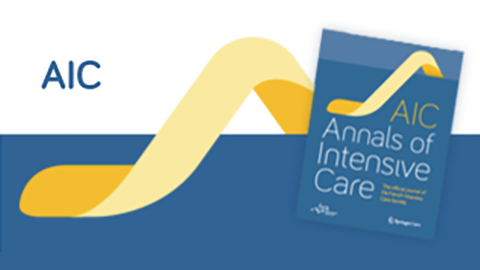21/11/2016


Source
Abstract
Background
This study aimed to assess whether a management algorithm using data obtained with a PiCCO system can improve clinical outcomes in critically ill patients with acute respiratory distress syndrome (ARDS)Results
The PaO_2/FiO_2 ratio increased over time in both groups, with a sharper increase in the PiCCO group. There was no difference in 28-day mortality (3.2 vs. 3.6%, P = 0.841). Days on mechanical ventilation (3 vs. 5 days, P = 0.002) and ICU length of stay (6 vs. 11 days, P = 0.004) were significantly lower in the PiCCO group than in the CVP group. Treatment costs were lower in the PiCCO group than in the CVP group. Multivariate logistic regression model showed that the monitoring method (PiCCO vs. CVP) was independently associated with the length of ICU stay [odds ratio (OR) 3.16, 95% confidence interval (95% CI) 1.55–6.63, P = 0.001], as well as shock (OR 3.41, 95% CI 1.74–6.44, P = 0.002), shock and ARDS (OR 3.46, 95% CI 1.79–6.87, P = 0.002), and APACHE II score (OR 1.17, 95% CI 1.02–1.86, P = 0.014)Conclusions
This study investigated the usefulness of the PiCCO system in improving outcomes for patient with severe thoracic trauma and ARDS and provided new evidence for fluid management in critical care settings.Liens article
©2016 The Author(s)